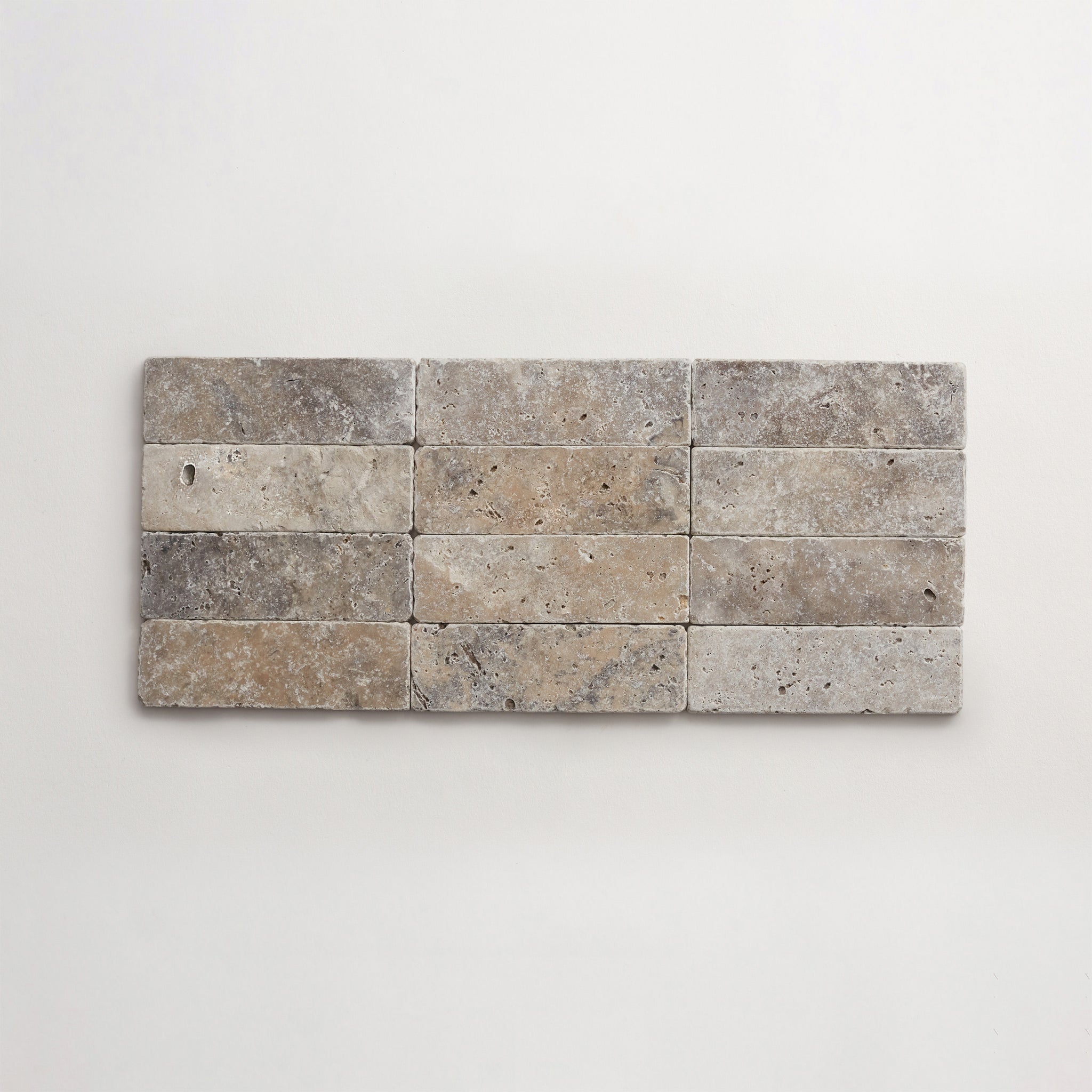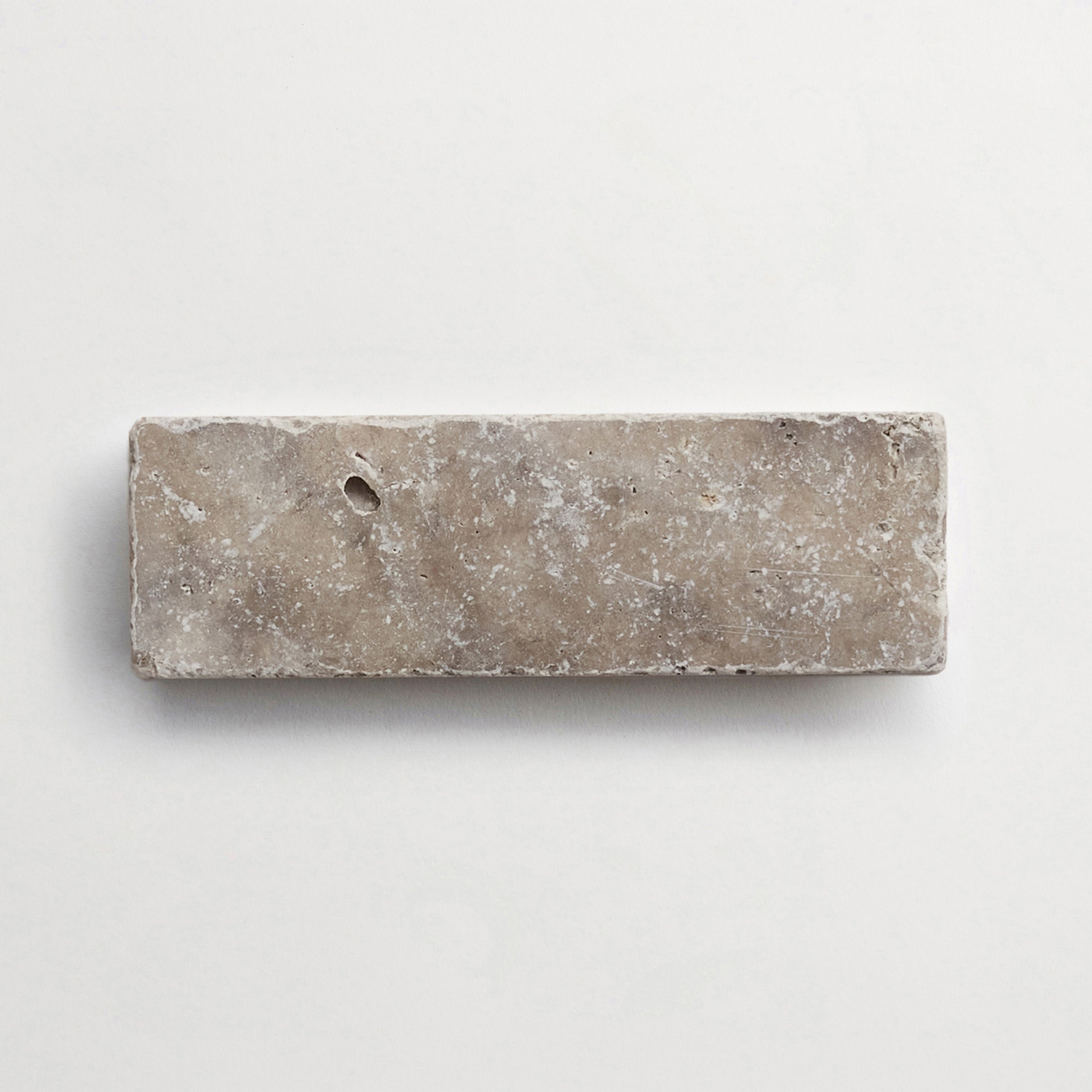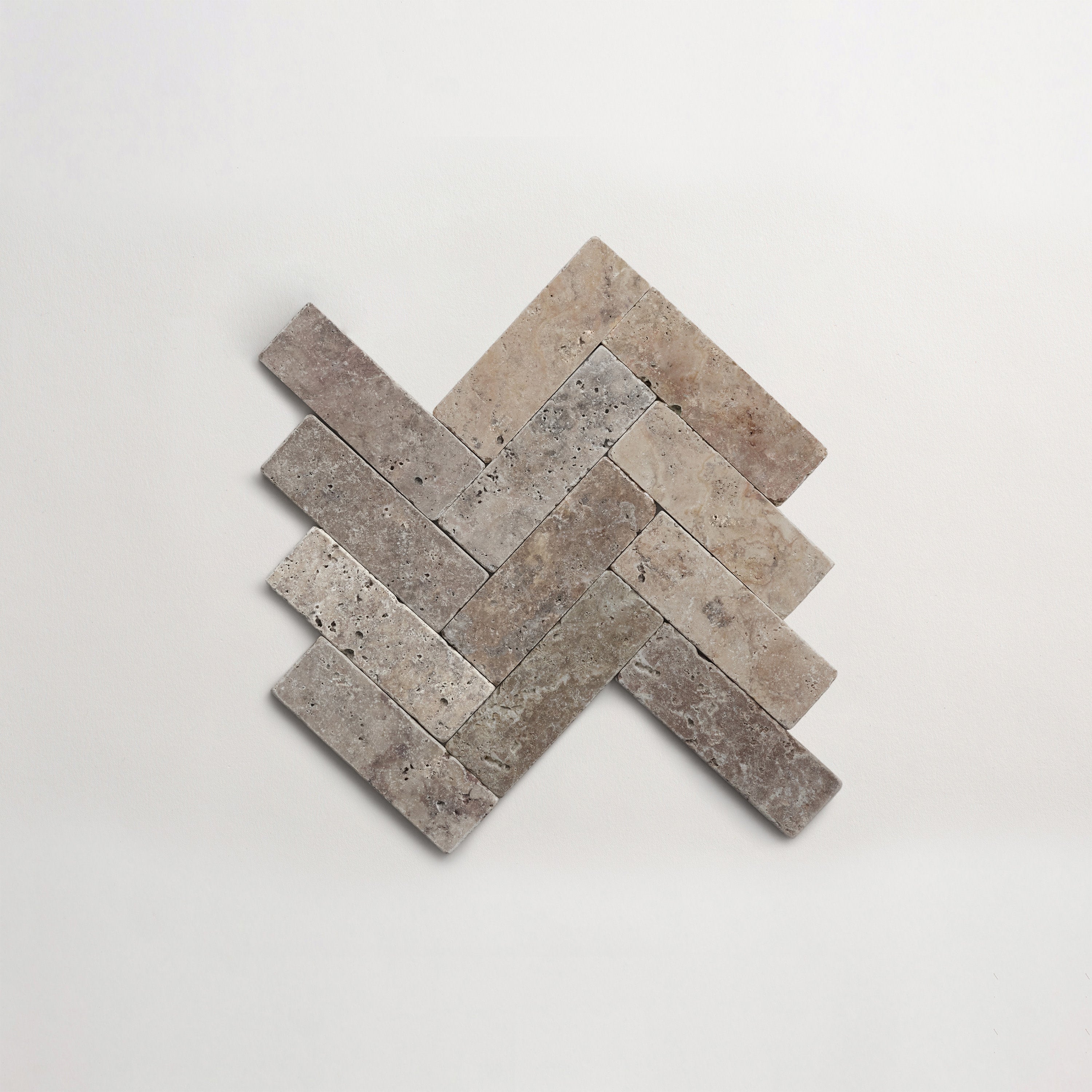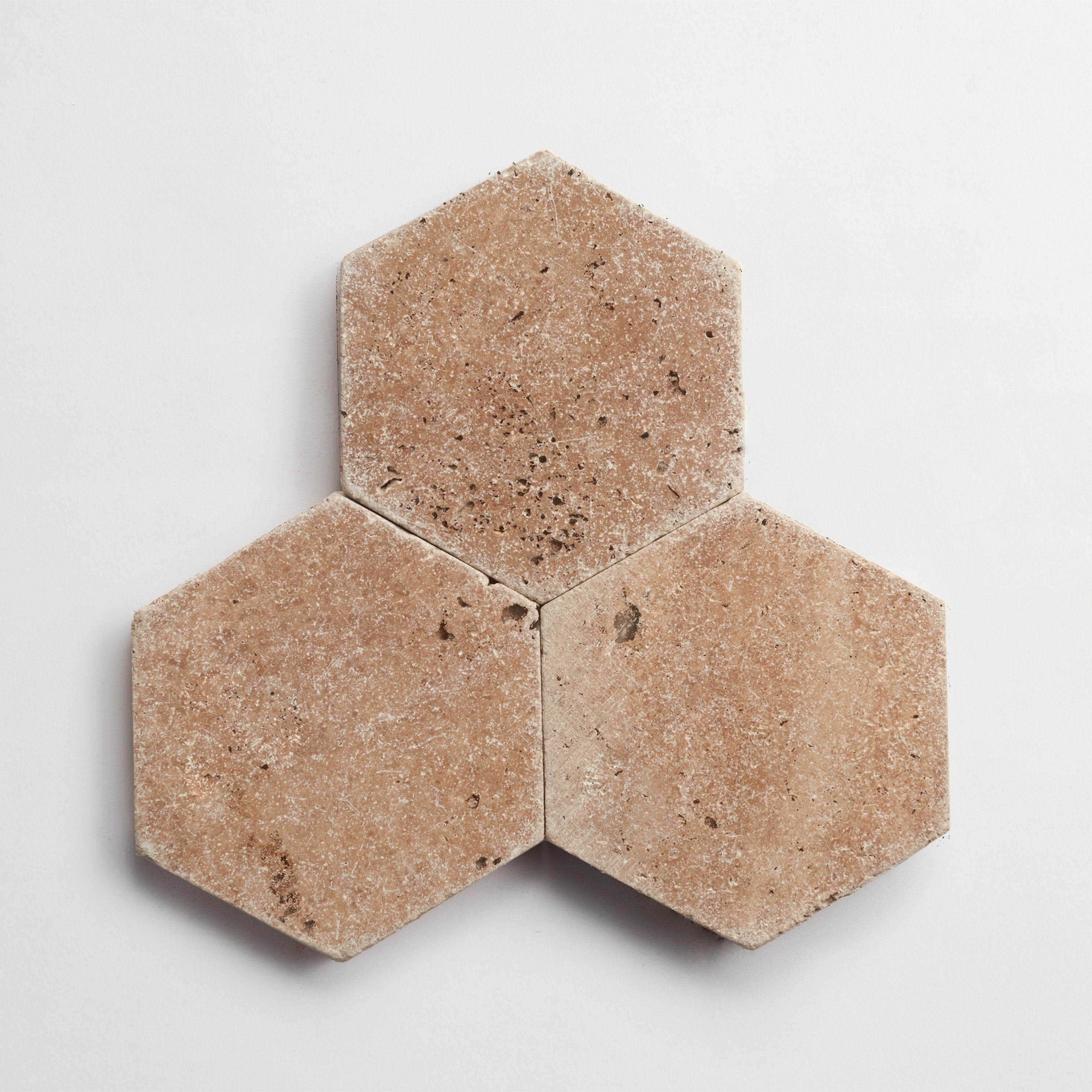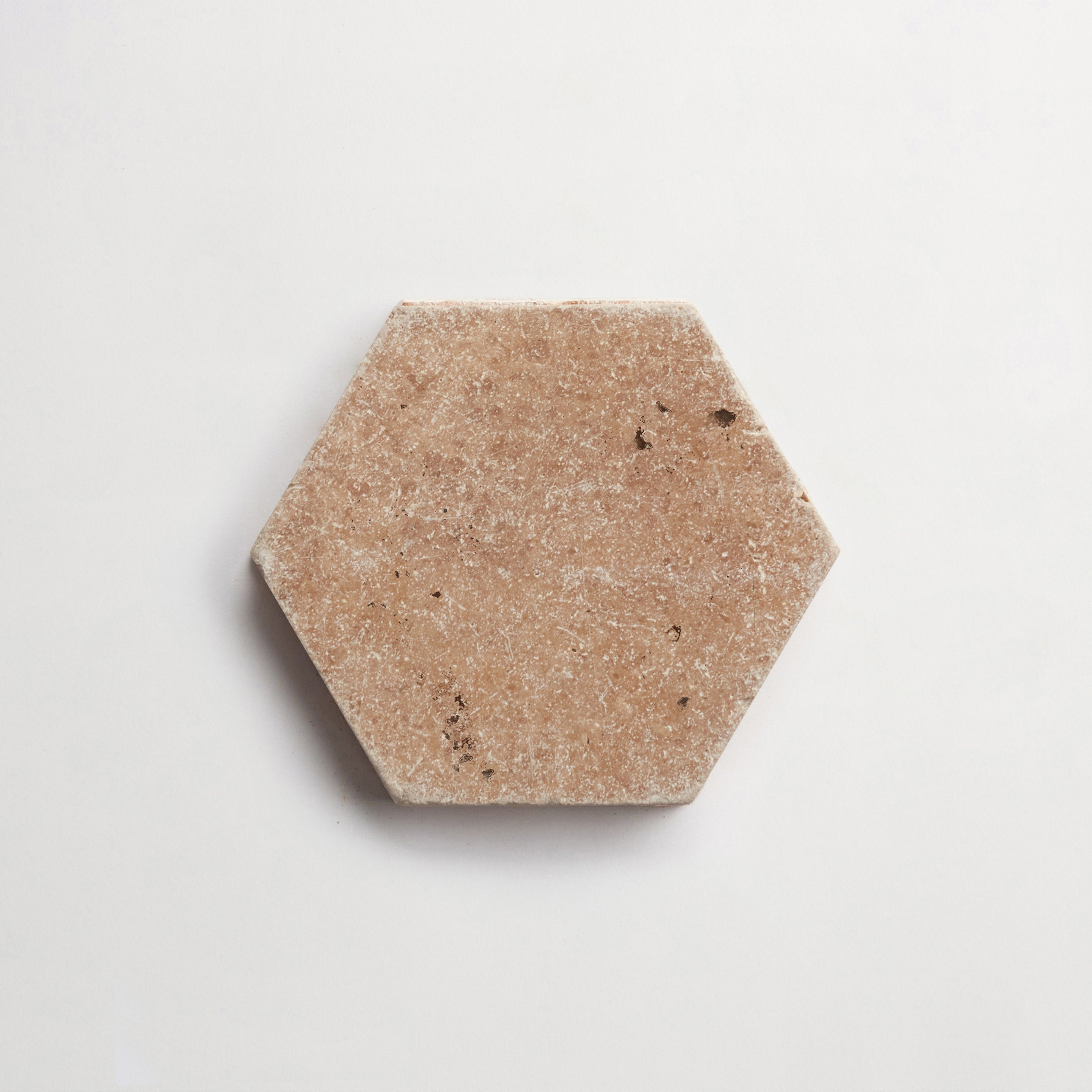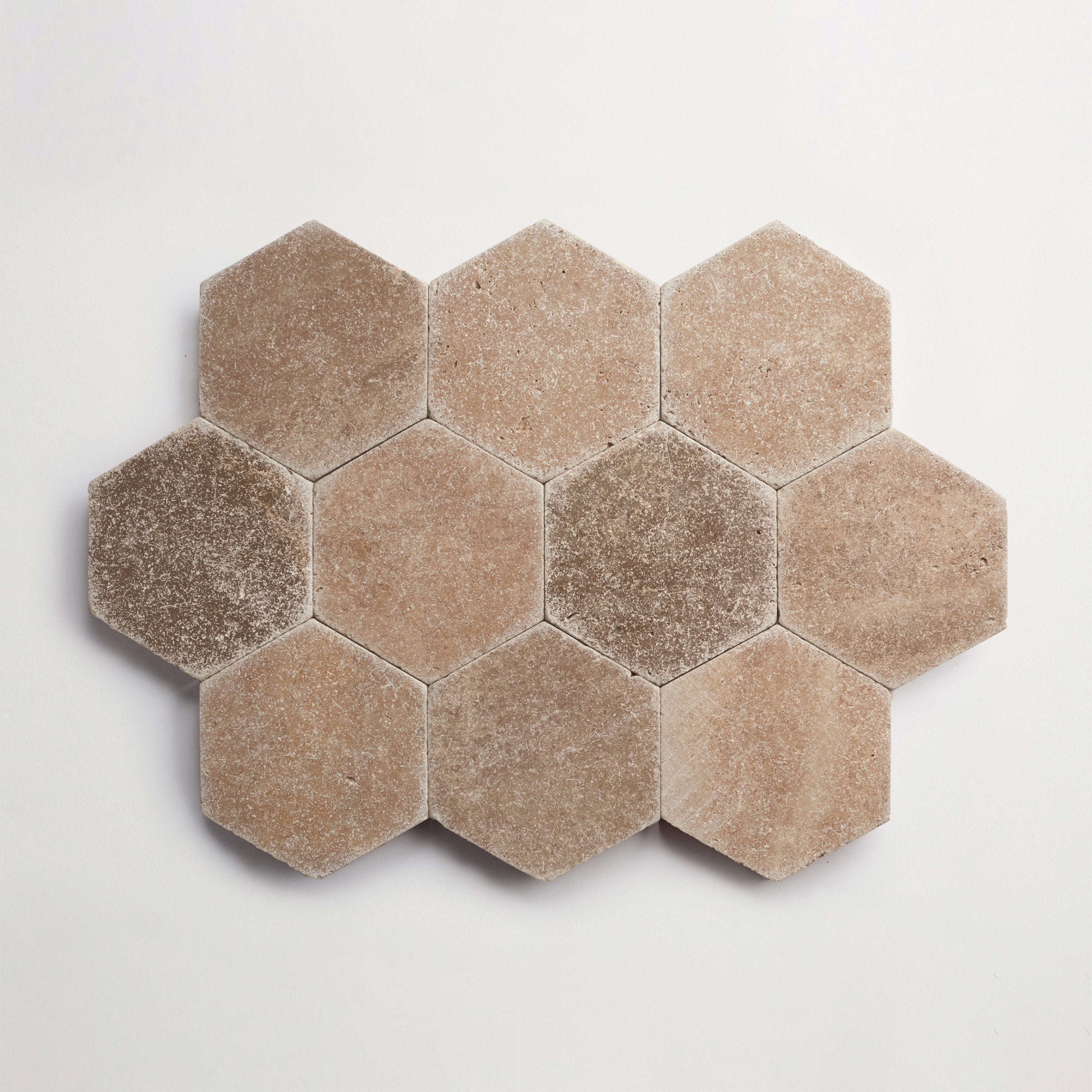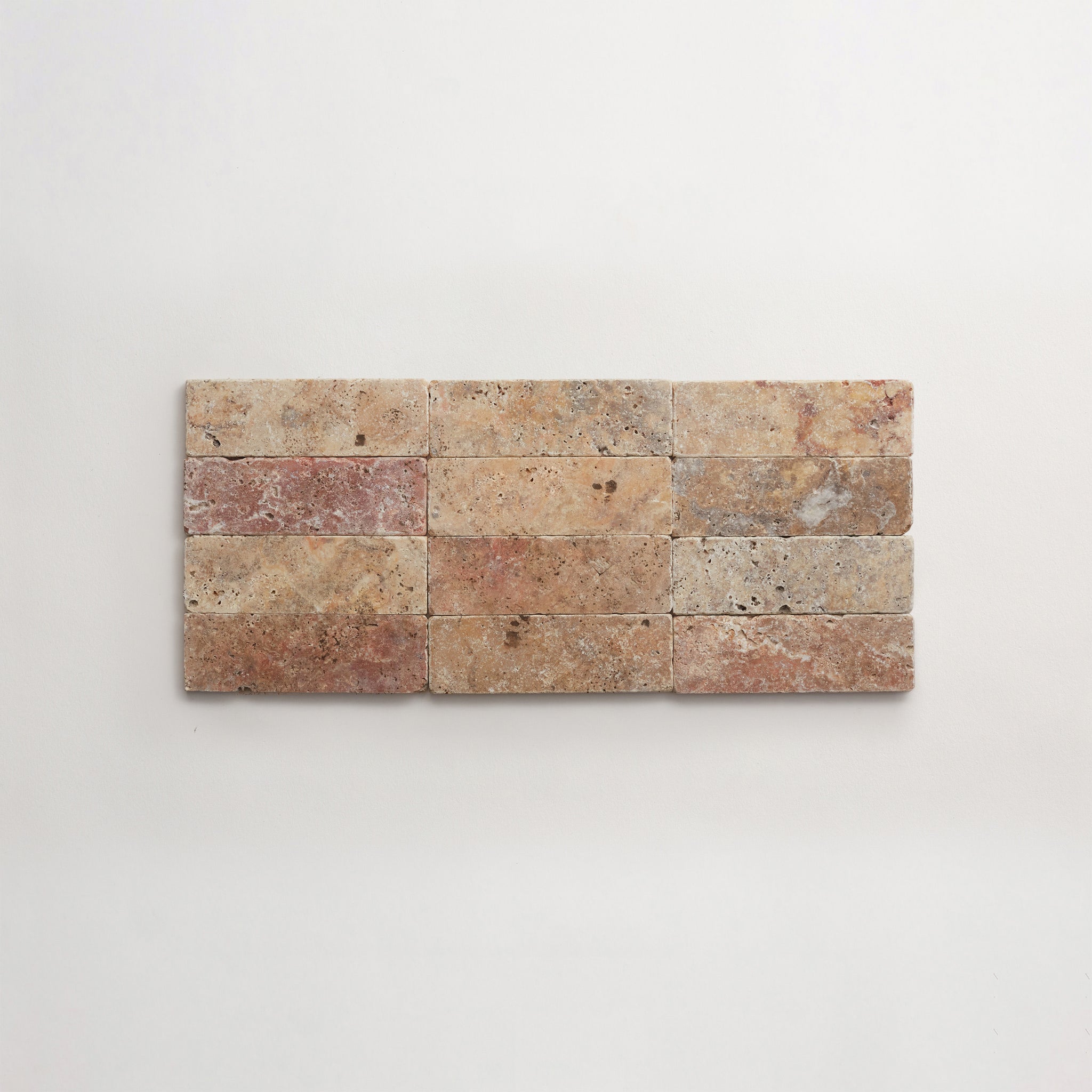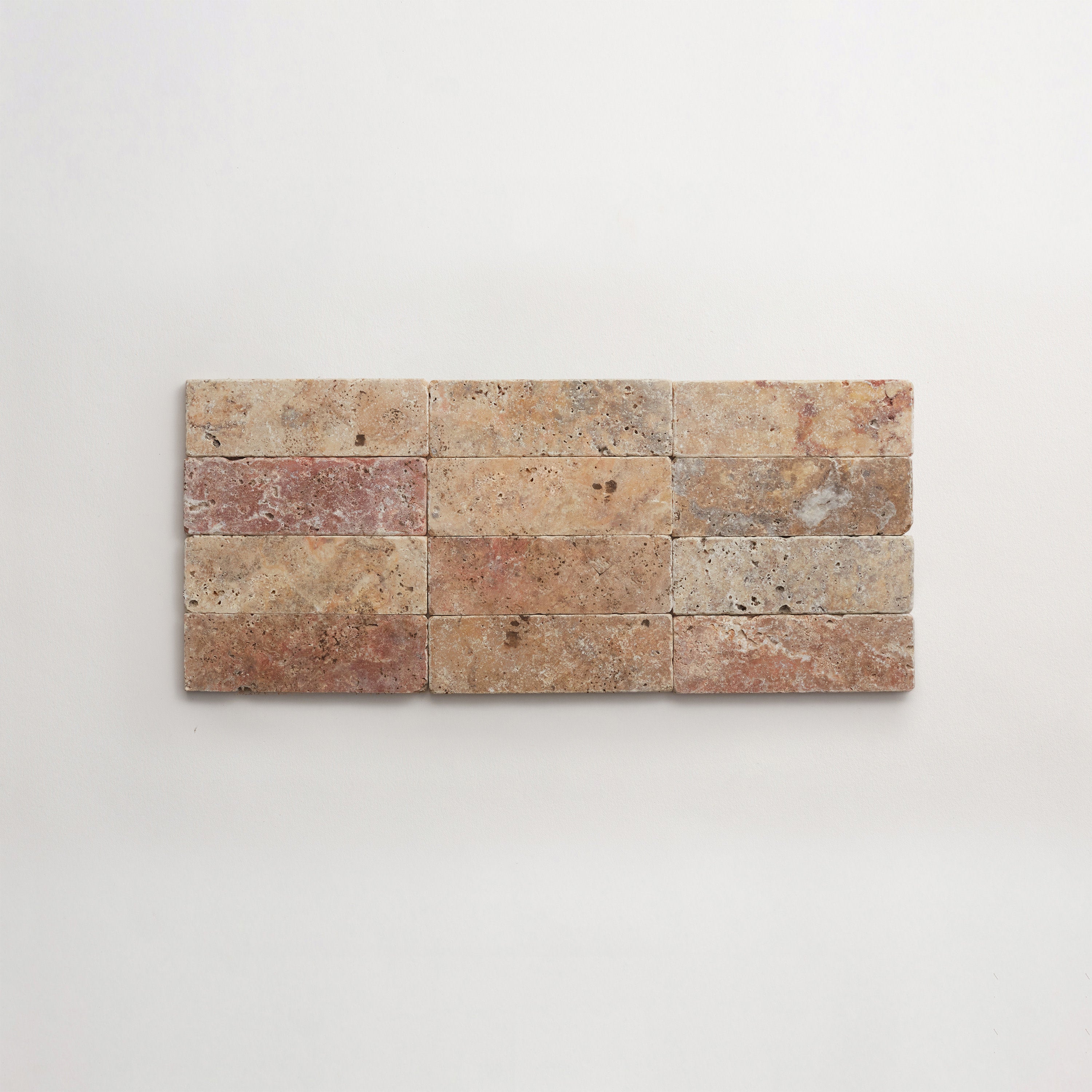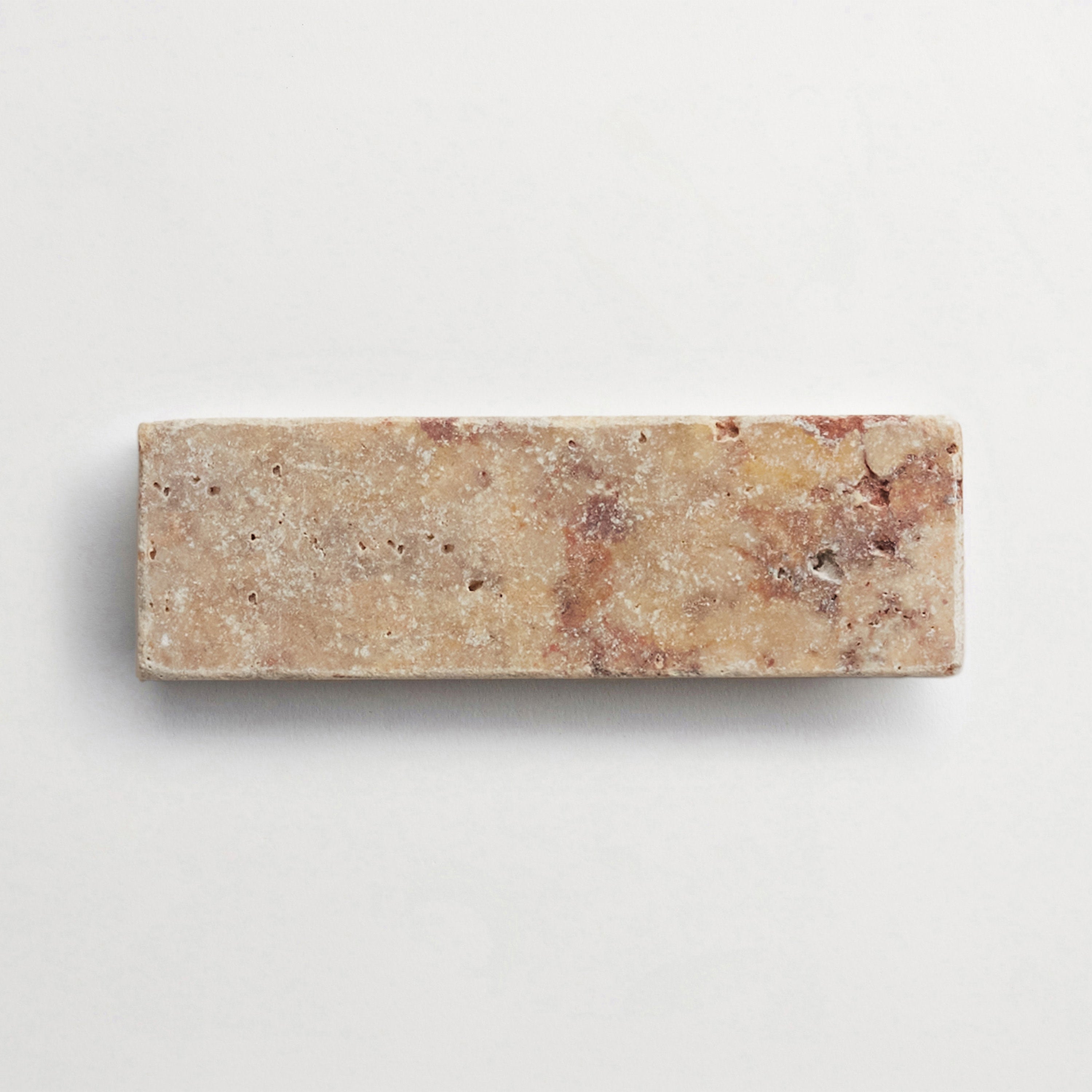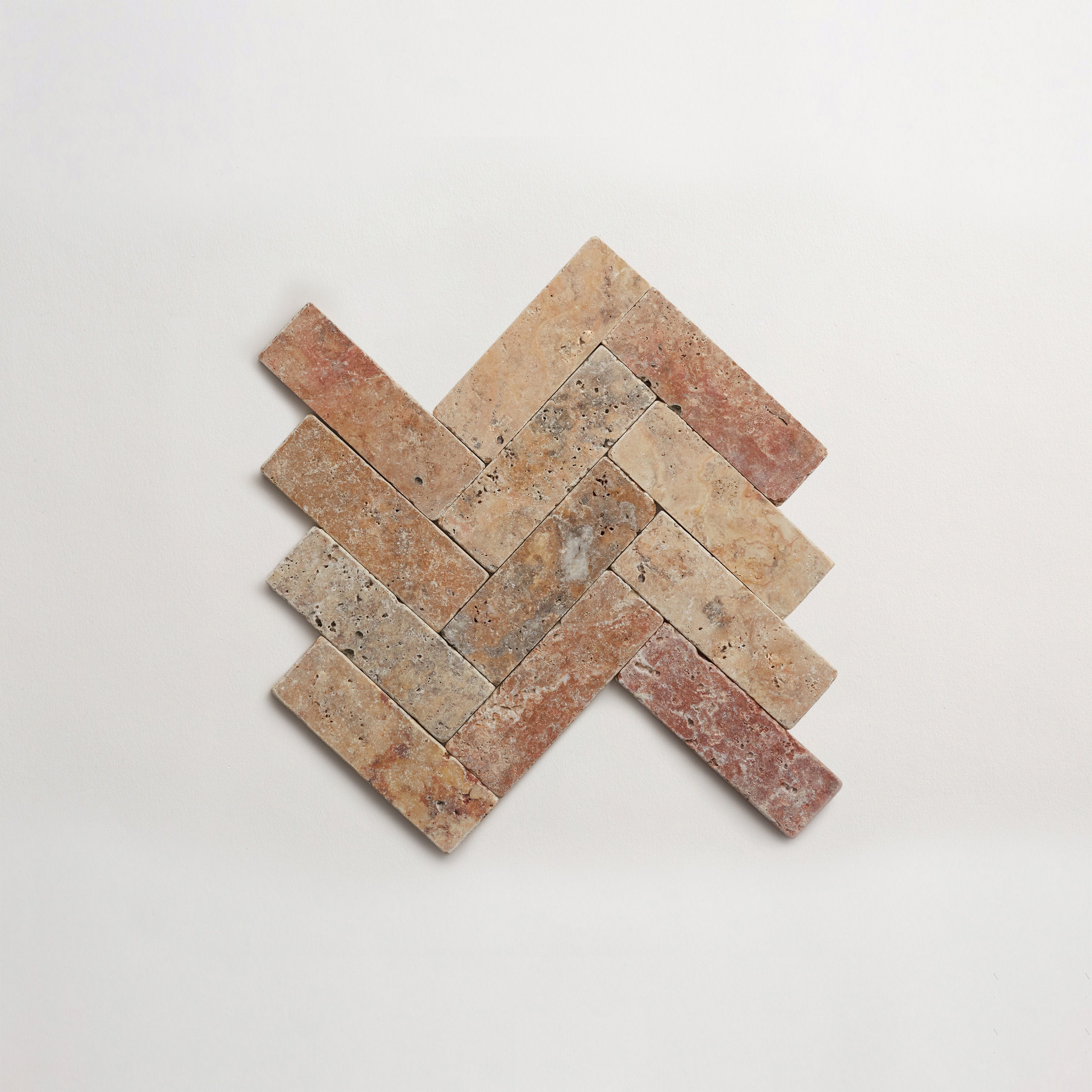your shopping cart is empty.

7 Best Driveway Pavers for Elevated Curb Appeal
Driveway pavers are so much more than merely a functional element of a home’s landscape. The right pavers can elevate curb appeal, echo nearby architectural elements, and offer long-term performance. For interior designers and landscape architects, especially, the driveway is an opportunity to extend a home’s aesthetic into the property.
Thoughtful paver selection always aligns with the landscape and hardscape designs. It can reinforce facade materials, define thresholds, and shape the entire arrival experience. This article explores seven different types of pavers, including brick, terrazzo, travertine, natural stone, concrete, terracotta pavers, and permeable systems. Whether you’re planning a circular driveway or a smaller driveway, these design ideas will help you make the best choice for curb appeal, durability, and long-term performance.
Choosing the Best Driveway Pavers for an Outdoor Space
Many different factors come together to determine the right material for a driveway. (Architecture, traffic loads, and the nearby hardscape, for starters.) Brick pavers and natural stone pavers may provide historic texture and patina, while concrete and permeable options can offer technical control and stormwater benefits.
Don’t forget to consider the site’s landscape and drainage needs, as well. By coordinating with engineers early on, you can ensure that the paver you choose offers both aesthetic and functional benefits.
1. Brick: Timeless Character, Engineered for Endurance
Brick driveway pavers are an excellent choice when your project needs to pair timeless character with durability. These clay pavers always lend a distinct texture for exceptional curb appeal. Plus, their modular size supports classic patterns that distribute loads and resist lateral movement. (We especially love herringbone and basketweave patterns.)
Another reason brick is a solid choice? It offers both high compressive strength and low absorption. Still, installation details matter: Always partner with an experienced contractor who understands how to properly prepare a base, install a continuous edge restraint, and choose high-performing jointing materials.
You need not stick with a brick-only driveway, either. Whether you’re planning a circle driveway or small driveway, contrasting pavers can help articulate entrances and clarify movement while keeping the driveway both durable and low maintenance.
2. Terrazzo: Patterned Surface with Heritage Depth
While not always suitable for driveway applications, terrazzo brings patterned surface depth to an outdoor entrance. Made up of glass, stone, and other aggregates embedded in a cement base, these pavers offer the versatility of a solid and the visual interest of a pattern. They also have the special ability to marry interior materiality with exterior hardscaping.
Another perk: Terrazzo pavers allow designers to choose a specific color and scale to match virtually any look. This material is an excellent choice when you want a refined, patterned surface. Many varieties are even made with recycled content to support sustainability goals.
For outdoor vehicle areas, always ensure that a terrazzo paver offers the required durability, slip resistance, and UV stability. Joints must also be able to support heavy loads and traffic. When used judiciously, terrazzo extends an interior palette into the landscape for a cohesive hardscape.
3. Travertine: Textured Limestone with Lasting Beauty
Travertine, a type of limestone, lends textured warmth that plays into both classic and contemporary palettes. The stone’s porous surface and vein patterns create subtle tonal variations as well, making it a dynamic choice for a front entrance.
This material is an excellent choice when your project needs a dose of elegant natural color. (Just be sure to specify thicker units and reinforced bedding for any areas where there will be vehicles.) Honed and tumbled finishes offer varying degrees of traction and stain resistance, so always check the paver’s technical specifications.
For small driveway installations and accent areas on larger hardscapes, travertine pairs beautifully with slate or flagstone to create refined transitions from pavement to landscape.
4. Natural Stone: Organic Form, Architectural Weight
Natural stone pavers — be they travertine, flagstone, or something else entirely — add organic form and architectural weight that can anchor an entire landscape composition. They also deliver high compressive strength and consistent performance for vehicular loading, making them a solid choice for primary approaches.
Depending on the type of stone you choose, you can use pavers to introduce irregular textures and edges where softness is needed at the driveway edge. Natural stone’s variety of materials and rich color range support diverse design ideas while delivering substantial long-term durability.
Not all stones are suitable for driveway applications, so it’s crucial to reference a paver’s technical specs before specifying it for your project. In cases when a stone paver is not suitable, we recommend using it as an accent material.
5. Concrete: Sculptural Versatility Built for Load
While not as visually intriguing as, say, brick or travertine, concrete pavers are prized for their versatility and predictable structural performance. Modular interlocking units and large-format slabs make concrete a straightforward choice when technical requirements like load-bearing capacity and engineering predictability are paramount.
Concrete can complement brick or stone studded environments, thanks to a variety of color options available. Permeable concrete pavers also integrate stormwater management into the material palette, helping projects meet runoff-reduction targets.
To preserve curb appeal and longevity, be sure to compare compressive strength, freeze-thaw rating, jointing systems, and subbase compaction across your options — and coordinate all finishes with any adjacent landscape elements.
6. Terracotta: Earth-Toned Warmth for Light-Traffic Driveways
Terracotta pavers introduce warm, earthen tones and a handcrafted texture to an outdoor entrance. They’re especially great for cultivating a restrained Mediterranean or rustic modern aesthetic.
Take note: Not all terracotta pavers are suitable for driveway applications. Traditionally fired and often unglazed, terracotta performs best where freeze-thaw exposure is limited and deicing salts are uncommon — conditions often found in secondary or light-traffic driveways. That said, these pavers remain an excellent choice for small driveway projects, guest approaches, or accent zones within a larger hardscape design.
When working with terracotta, always confirm the clay composition and firing temperature to assess suitability under vehicular load. You might also pair terracotta with stone accents, such as slate or travertine, to create visual contrast and durable thresholds that age gracefully.
7. Permeable Pavers: Design That Moves with the Land
Permeable pavers are a design-forward solution that manages stormwater while creating a durable vehicular surface. These systems range from open-jointed natural stone to interlocking concrete units with engineered voids and grass-stabilized grids. For circle driveway arrangements and other larger projects, they combine functional hydrology with a refined appearance that supports both curb appeal and ecological performance.
Permeable pavers reduce runoff, recharge groundwater, and often help satisfy municipal stormwater requirements. This makes them a practical and sustainable choice for many landscape design projects. When specifying permeable systems, you’ll need to consider subbase gradation, joint-fill material, and maintenance access to ensure long-term permeability.
How to Choose the Right Paver for Your Outdoor Vision
The best driveway pavers are the ones that suit the needs of your particular project. Landscape architects and designers should always consider architecture, climate, and long-term maintenance as they navigate the paver selection process. The right option will balance aesthetic intent — including texture, pattern, and color — with needed performance.
Consider Aesthetic Intent and Landscape Architecture
Pavers should always align with a property’s architecture and environmental demands. Brick pavers and terracotta complement historic or warm-clad facades, for example, while terrazzo or honed travertine suit minimalist contemporary schemes.
Evaluate microclimates, as well — including shade, sun, and exposure to deicing salts — which may influence the pavers’ long-term performance. You’ll also want to review the paver’s compressive strength, absorption, and frost-scaling performance. For small driveway projects, be sure to prioritize subgrade preparation and edge restraint, as these details can reduce lifecycle maintenance.
Ultimately, the best choice is informed by both design intent and verifiable engineering data.
Integrate the Driveway into the Full Landscape Design
Don’t forget to integrate the driveway into the full landscape design by aligning materials, greenery, and grading for a coherent look. Edge treatments like stone curbs, planted strips, and grass channels can modify visual weight and hydrology.
If you’re designing a circle driveway, the central island can serve as a focal element. In addition, you can use banding or pattern shifts to articulate entry and exit lanes.
Whatever the type of driveway, coordinate thresholds to terraces, garage aprons, and pedestrian routes for seamless transitions. Thoughtful integration will preserve curb appeal while improving function and long-term maintainability.
Think in Patterns, Textures, and Long-Term Wear
Pattern and texture influence a driveway’s aesthetics and performance. Herringbone brick bonds resist lateral movement, for example, while large-format slabs minimize joints but require rigorous subbase control. Then you have textured finishes, which improve slip resistance and age more gracefully under wheel paths.
Consider long-term wear as well. Will wheel tracks concentrate on a single lane, and how will repairs be visually coherent? Detailing for repairs and specifying accessible tolerances will protect your project’s design integrity over decades.
Specifying the right driveway pavers for a project requires balancing your client’s aesthetic ambitions, the property’s engineering requirements, and the material’s maintenance realities. Brick pavers, terrazzo, travertine, natural stone pavers, concrete, terracotta pavers, and permeable systems each offer distinct advantages depending on whether the project prioritizes curb appeal, sustainability, or sculptural intent. Thoughtful material choice will deliver lasting beauty and function, making the driveway a confident, cohesive element of the overall landscape.
-
Shale
-
Pemberley Pavers
:
-
Acquiterre
-
4
" x
-
4
" x
-
⅛
"
-
sqft
/
$
-
Sand
-
Pemberley Pavers
:
-
Acquiterre
-
8
" x
-
8
" x
-
⅞
"
-
sqft
/
$
-
Pumice
-
Pemberley Pavers
:
-
Acquiterre
-
4
" x
-
16
" x
-
⅝
"
-
sqft
/
$






